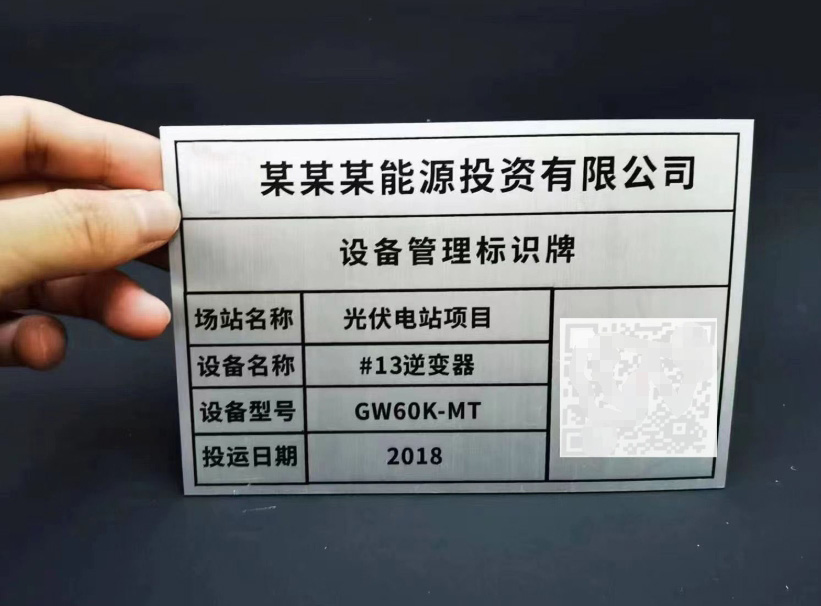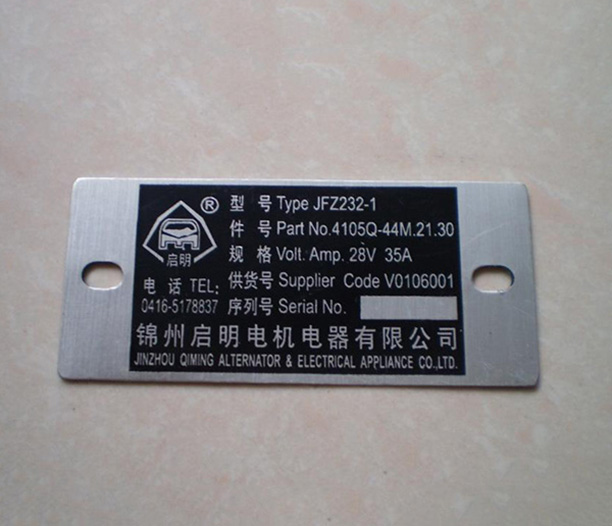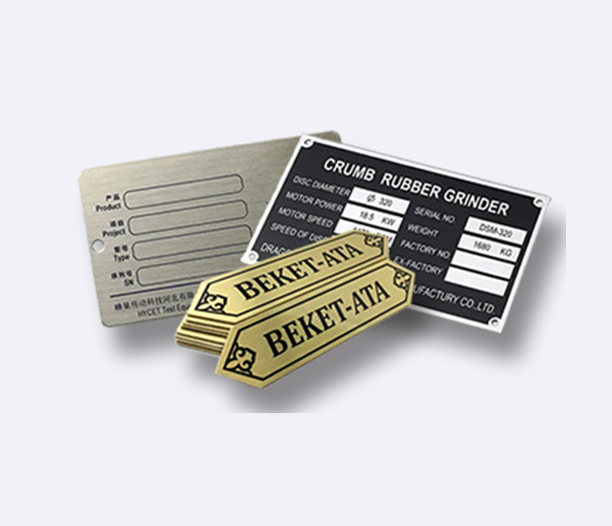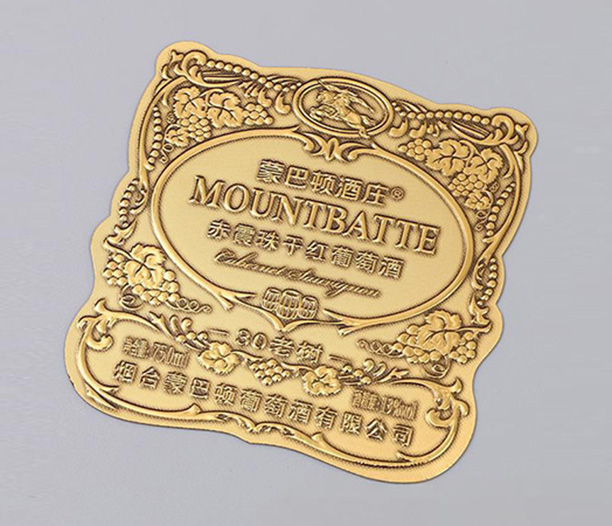Let’s cut to the chase: slapping on Metal Tag Cable Tag solutions isn’t rocket science, but doing it wrong can cost you thousands in fines, downtime, or worse – a safety incident. After helping dozens of plants from Detroit to Dallas nail their installations, I’m breaking down exactly how pros get it done right. No fluff, just actionable steps that’ll make your labels survive hurricanes, chemical spills, and OSHA audits.
Why Most Metal Cable Tag Installations Fail (Before You Start)
Spoiler: It’s not the tag’s fault.
I’ve seen facilities blow budgets on premium Metal Tag Cable Tag systems only to watch them fail because of these rookie mistakes:
- Surface prep? What surface prep? Grease/dust = adhesive suicide.
- Tagging cold pipes: Condensation kills bond strength.
- Using zip ties like grandma knots: Over-tightening cracks tags.
- Ignoring NEC/OSHA spacing rules: Tags hidden behind conduits = violation city.

Your Metal Tag Cable Tag Toolkit: What You ACTUALLY Need
Forget the sales rep’s "basic kit." Here’s what industrial crews swear by:
| Tool | Pro Brand Picks | Why It Matters |
|---|
| Surface Cleaner | 3M™ 38984 | Removes oily residues without leaving film (alcohol-based cleaners weaken adhesive) |
| Adhesive Promoter | LORD AP-134 | Preps metal surfaces for epoxy in humid/cold environments (non-negotiable below 40°F) |
| Installation Pliers | Panduit CT-2000 | Cuts ties flush without sharp edges that slice hands |
| Torque Screwdriver | Wiha 26192 (0.5-2.5 Nm) | Prevents over-crushing tags on delicate fiber optics |
| UV-Resistant Epoxy | LOCTITE® EA 9396 AERO | For permanent bonds on vibrating machinery (sets underwater!) |
Step-by-Step: Installing Metal Cable Tags That Won’t Quit
Phase 1: Prep Like a Surgeon (5 Minutes That Save $5K)
- Degrease religiously:Spray 3M cleaner on lint-free rag (NOT directly on surface – drips ruin adhesion).Wipe in one direction – no back-and-forth scrubbing.Pro test: Tape a $1 bill to the surface. If it slides down, re-clean.
- Roughen smooth surfaces:Hit stainless conduits/pipes with 120-grit sandpaper in a crosshatch pattern.Blow off dust with compressed air – no shop vacs (static attracts particles).
- Apply promoter in humidity/cold:Dab LORD AP-134 on q-tip, swipe thin layer where tag goes.Wait 90 seconds – tacky = ready.
Phase 2: Tag Placement That Crushes Audits
- OSHA/NEC spacing hacks:Tags must be visible from operating position (NEC 110.21).Place within 12" of conduit entry/exit points.Avoid: Bends, couplings, or valves – vibration hotspots.
- Adhesive magic:Peel backing ONLY halfway initially.Align tag, press center, then roll outward like applying phone screen protector.Apply 30 PSI pressure for 45 seconds (use rubber roller if available).
- Mechanical attachment pro moves:Stainless steel ties: Slide tag saddle UNDER tie before tightening.Conduit bands: Position tags facing walkway – NOT equipment side.Embedded tags: For concrete floors, epoxy tag to 2" aluminum plate first (prevents moisture wicking).
3 Nightmare Scenarios (And How Pros Fix Them)
Problem: Tagging curved 1" hydraulic lines that hit 200°F.
Solution:
- Use flexible anodized aluminum Metal Tag Cable Tag (not rigid stainless).
- Attach with high-temp silicone adhesive (3M™ EC-1300L) + stainless safety wire.
Problem: Identifying 0.25" control wires in crowded panels.
Solution:
- Mini tags (0.375" x 1.5") with folded-over "flag" design.
- Laser-etch wire numbers AND terminal numbers (e.g., "W7 → TB22").
Problem: Tags on vibrating chillers lasting < 6 months.
Solution:
- Epoxy tags to 1" aluminum backing plate first.
- Bolt plate with vibration-damping washers (McMaster-Carr 92125A115).
Compliance Checklist: Don’t Fail Your Next Inspection
Tick these or risk $15k+ OSHA fines:
- Text height: 3/8" minimum for NEC 110.21 (use ruler!)
- Contrast: Black-on-stainless or white-on-aluminum ONLY (no colors – ANSI Z535.4)
- Content: Must show circuit voltage AND hazard (e.g., "480V AC - ARC FLASH RISK")
- Durability: Tags legible after acetone wipe test (per UL 969)
Pro Tip: Snap timestamped photos of each installed Metal Tag Cable Tag – auditors love digital trails.

5 Signs Your Installation is About to Fail
- "Silvering" edges: Air bubbles = bond failure. Peel and restart.
- Adhesive oozing: Too much epoxy = messy = unprofessional.
- Tag "singing": High-pitched hum means vibration fatigue. Add backing plate.
- Frosted text: Laser etching fading? You skipped passivation for stainless.
- Corrosion halo: Dissimilar metals touching (e.g., aluminum tag on steel pipe). Use nylon isolators.
Next-Level Pro Hacks
- QR code integration:Laser-etch tiny QR codes linking to cable schematics (scan with phone during outages).
- Thermal tagging:Apply temperature-sensitive paint dots that turn red if wires overheat.
- RFID sabotage proofing:Embed tags UNDER conduit insulation – scan without visual access.
Final Word: Why This Isn’t Just "Labeling"
Installing Metal Tag Cable Tag systems right isn’t about compliance – it’s about eliminating operational stupidity. When a night shift tech can trace a fault in 30 seconds instead of 3 hours, when OSHA walks past your panels without writing violations, when tags outlive the equipment they’re on... that’s when you’ve installed like a pro.
Your Action Plan:
- Audit 3 high-risk areas TODAY (electrical rooms, data centers, process lines).
- Order sample kit with aluminum AND stainless tags (test adhesion YOURSELF).
- Train ONE crew using this guide – make them your tagging SWAT team.
Because in the real world, labels that peel aren’t annoying... they’re liabilities wearing tiny metal disguises. And you? You’re smarter than that. Now go clamp some tags.






